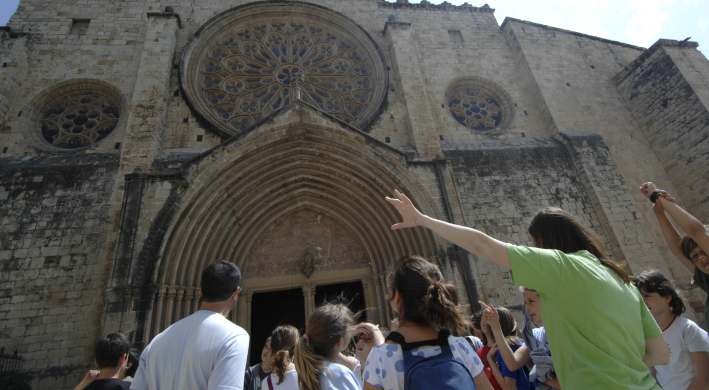Sant Cugat Monastery

Founded in the 9th century in the context of the expansion of Benedictine monasticism, the Sant Cugat Monastery was one of the most powerful monasteries in the county of Barcelona and is now one of the most important exponents of medieval art in Catalonia.
Throughout the 11th and 12th centuries it became an important center of culture and power, and it experienced an exponential growth in its territorial domains. At the beginning of the 13th century the most splendorous moment arrived, testimony of which are the Romanesque cloister and documents such as the cartulary and customs, current references for the knowledge of monastic institutions. The monastery exerted a great influence on society for centuries, until the suppression of the monastic orders in 1835. The city of Sant Cugat itself, with its city of medieval origin and the territory, is the result of the monastery's action.
The monastic complex currently consists of a church, the cloisters with their dependencies, the abbey palace and the walls. The Romanesque cloister stands out, which brings together one of the most remarkable sculpture ensembles in Catalonia with 144 capitals and the first signed self-portrait in the history of Catalan art, with the figure of the sculptor Arnau Cadell, author of a large part. The capitals transport us to the imaginary of the Middle Ages, through biblical scenes and monastic life, and vegetal, geometric and bestiary motifs.
The museum houses a permanent exhibition that shows the history and architecture of the monastery. It also acts as a center of knowledge and cultural diffusion of the monument, with a wide service of activities and proposals. Currently the monastery is also the object of a restoration program, promoted by the Monastery Management Commission, which works to improve the value of the monument.